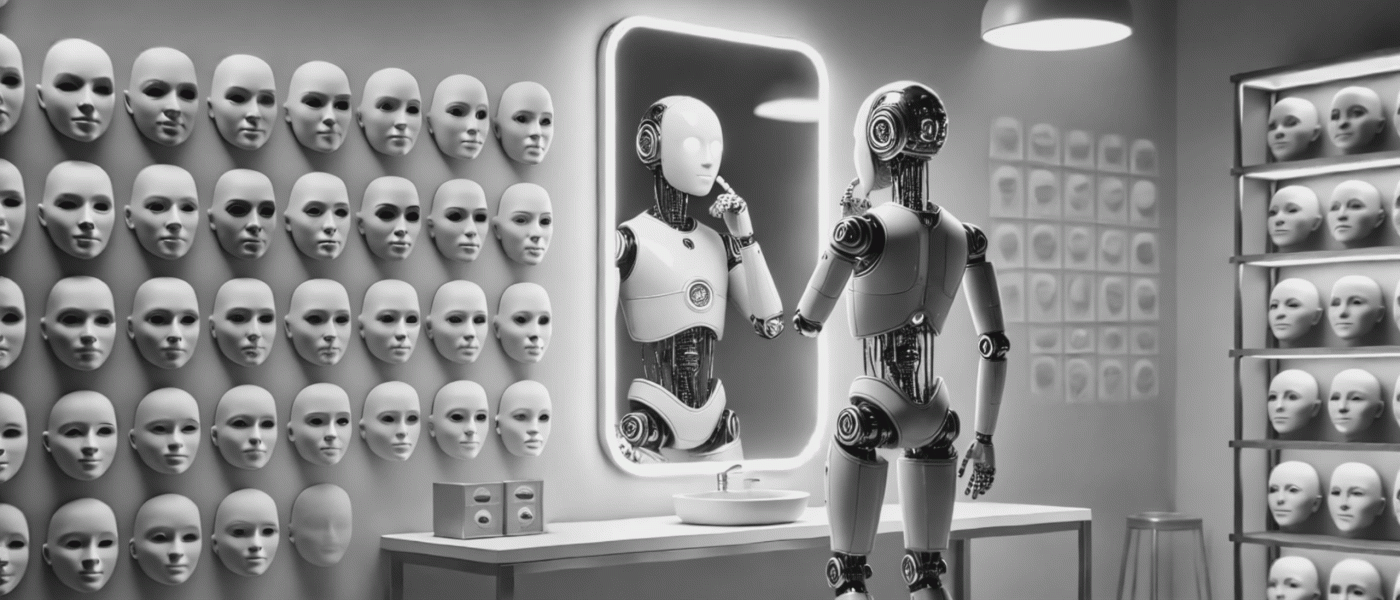Content oversight and quality assurance provided by Bay Area News Group.
Bay Area News Group advertising leadership oversees sponsored, native, and paid content on this platform, ensuring its quality, relevance, and helpfulness for our audience.
Articles attributed to this byline are authored by paying advertisers. The editorial team did not contribute to these pieces, and the opinions expressed do not necessarily represent those of the editorial staff. Refer to our partner statement to better understand the nature of the relationship.
The sponsor retains responsibility for the content and holds the copyright to their material.
BRANDED CONTENT
AI is no longer a futuristic fantasy; it’s woven into the fabric of our daily lives. From the algorithms that curate our social media feeds to the sophisticated systems powering medical diagnoses and autonomous vehicles, AI’s influence is rapidly expanding. This pervasive presence raises a critical question: can we truly trust AI? The answer, like the technology itself, is complex and evolving. While AI offers unprecedented opportunities for progress, it also presents significant challenges that demand careful consideration and proactive solutions.
The promise of AI is undeniable. Its potential to revolutionize industries, accelerate scientific discovery, and improve the human condition is vast. However, alongside this potential lies a landscape fraught with ethical dilemmas, societal implications, and the very real possibility of misuse. Navigating this complex terrain requires a nuanced approach, one that acknowledges both the incredible benefits and the potential pitfalls. We must move beyond simplistic narratives of either utopian futures or dystopian nightmares and engage in a pragmatic discussion about how to harness AI’s power responsibly.
The Allure and Anxiety of Automation
AI’s capacity for automation is a double-edged sword. On one hand, it promises increased efficiency, reduced human error, and the potential to liberate us from mundane tasks. Imagine a world where dangerous jobs are handled by robots, where doctors can diagnose diseases with unparalleled accuracy, and where personalized education caters to every student’s unique needs. These are just a few glimpses of the transformative potential of AI-driven automation.
However, this same automation sparks legitimate anxieties. Concerns about job displacement are widespread, as AI-powered systems become capable of performing tasks previously done by humans. The fear of mass unemployment, particularly in sectors heavily reliant on manual labor or repetitive tasks, is a valid concern that policymakers and industry leaders must address. Beyond economics, there’s a deeper philosophical unease about relinquishing control to machines. Questions arise about the very nature of work, the value of human contribution, and the potential for a future where human agency is diminished. The rapid development of AI generated images, and other creative AI applications, raises questions. Will art lose meaning when anyone can ask a program to instantly create a unique piece? The creation of extremely realistic deep fakes, or even AI porn, is another concern. How will we, as a society, decipher between reality and artificial creation? These types of concerns are what fuel much of the fear surrounding AI development.
Bias, Transparency, and Accountability
One of the most pressing challenges in building trustworthy AI systems is addressing the issue of bias. AI algorithms are trained on vast datasets, and if these datasets reflect existing societal biases (related to race, gender, or other factors), the AI will inevitably perpetuate and even amplify these biases. This can have serious consequences, leading to discriminatory outcomes in areas like loan applications, hiring processes, and even criminal justice.
Transparency is another crucial element. Many AI systems, particularly those based on deep learning, operate as “black boxes,” making it difficult to understand how they arrive at their decisions. This lack of transparency makes it challenging to identify and correct biases, and it erodes public trust. If we cannot understand why an AI system made a particular decision, how can we hold it accountable?
Accountability is the third pillar of trustworthy AI. When an AI system makes an error, who is responsible? The developer? The user? The owner? Establishing clear lines of accountability is essential, particularly in high-stakes applications like autonomous driving or medical diagnosis. Without accountability, there’s a risk of creating a system where errors can occur without consequences, leading to potentially harmful outcomes.
Charting a Path Towards Responsible AI
The path towards trustworthy AI is not a simple one. It requires a multi-faceted approach involving collaboration between researchers, policymakers, industry leaders, and the public. We need to develop robust methods for detecting and mitigating bias in AI systems. This includes diversifying the datasets used for training, developing algorithms that are more transparent and explainable, and establishing independent auditing mechanisms to assess AI systems for fairness and accuracy.
Furthermore, we need to foster a broader societal conversation about the ethical implications of AI. This includes addressing questions about privacy, data security, and the potential for AI to be used for malicious purposes. Governments have a crucial role to play in setting standards and regulations that promote responsible AI development while encouraging innovation. Legislation should address issues like data privacy, algorithmic transparency, and liability for AI-caused harm.
Ultimately, building trust in AI is an ongoing process, not a destination. As tech continues to evolve at a breathtaking pace, we must remain vigilant, adaptable, and committed to ensuring that AI serves humanity’s best interests. The future of AI is not predetermined; it is being shaped by the choices we make today. By embracing a proactive and ethical approach, we can harness the transformative power of AI while mitigating its risks, paving the way for a future where technology and human values coexist harmoniously.





